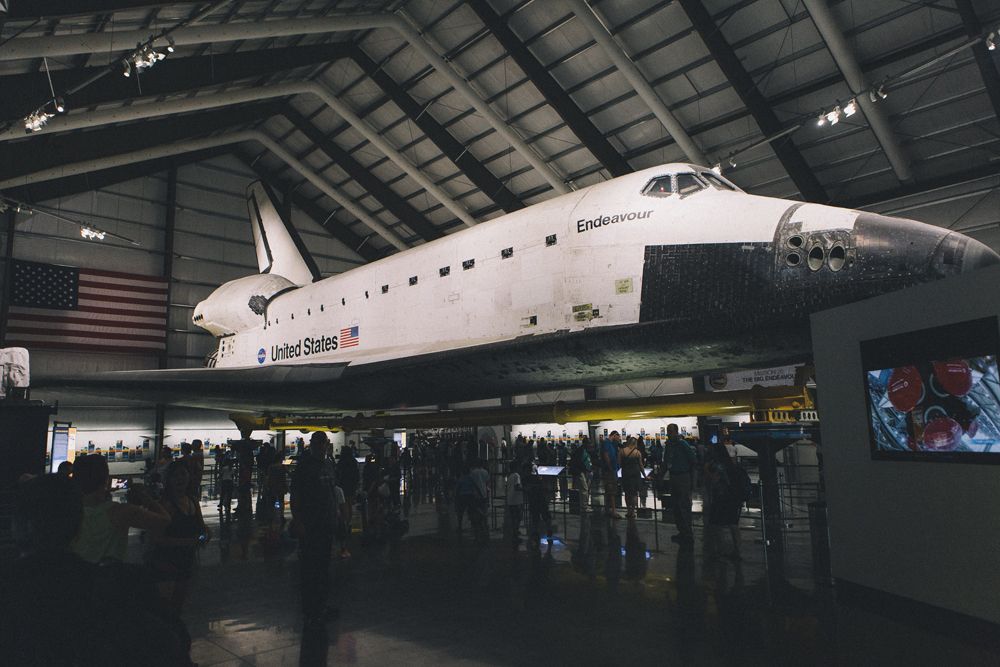
Instead of addressing hard engineering, safety, and economic realities, NASA has just bulled ahead with the shuttle program. Even with improvements, such as the changes made to external tanks and to the insulating foam, the spacecraft pose a risk to the lives on board. Because shuttles are enormously complicated and expensive to continually fix, they become less efficient to launch. Expendable launch vehicles keep getting better engineers learn from each previous version and advance future designs. NASA simply couldn’t afford to fix the problems that, by its own criteria, were potentially disastrous.Īll of these problems grow worse as the shuttle fleet ages. But by the time Columbia exploded, the number of Criticality 1 waivers had doubled. (These observations could be compared to someone’s car engine light coming on, which sometimes means something serious, and other times does not.) The agency also keeps track of components that have the potential for catastrophic failure, and labels these “Criticality 1.” At the time of the Challenger accident, NASA waived more than 800 Criticality 1 risks-including the questionable performance of O-ring seals that led to the shuttle’s explosion.Īfter the investigation, there was a great infusion of funds and the agency improved the safety systems. NASA identifies technical problems in advance of every launch. Even allowing for inflation, NASA’s projections were off by an order of magnitude.ĭespite the expense, the shuttle has always flown with engineering problems. It admits now to spending almost half a billion dollars per flight. NASA also predicted that the shuttle would cost $10.5 million per flight. The Congressional Budget Office reported that by the time the shuttle was declared operational in 1982, $19.5 billion had been spent-an overrun of 375 percent. In 1971, NASA predicted shuttle development costs would be $5.2 billion. It’s the world’s most sophisticated launch vehicle, but it is ruinously expensive.

Popular MechanicsĪn initial selling point was that as a reusable spacecraft the shuttle would cost less to launch than expendable ones.

But the risk the shuttle poses to astronauts is simply unacceptable: one death for every eight flights.Īlex Roland, professor of history, Duke University, and former NASA historian. The agency thinks that it has to be constantly operating the shuttle and doing cool stuff or public and congressional support will wither. NASA just flew it for the sake of flying it.

One of the great tragedies of the Columbia disaster was that it had no mission. None of the things that it can theoretically be used for-as a mobile laboratory for pharmaceuticals, for instance, or as an experimental site for manufacturing-has economic viability. The shuttle has cost more than its worth from the very beginning. While the Space Shuttle would eventually fly its last flight on July 8, 2011, its contribution to human spaceflight remains immeasurable. Here both sides argue the pros and cons of NASA's chariot to the stars. Safety and staggering operating costs had caused many to question its usefulness in the future of human spaceflight. Two years removed from the Columbia disaster, the June 2005 issue of Popular Mechanics investigated a growing sentiment that the space shuttle needed to be retired.


 0 kommentar(er)
0 kommentar(er)
